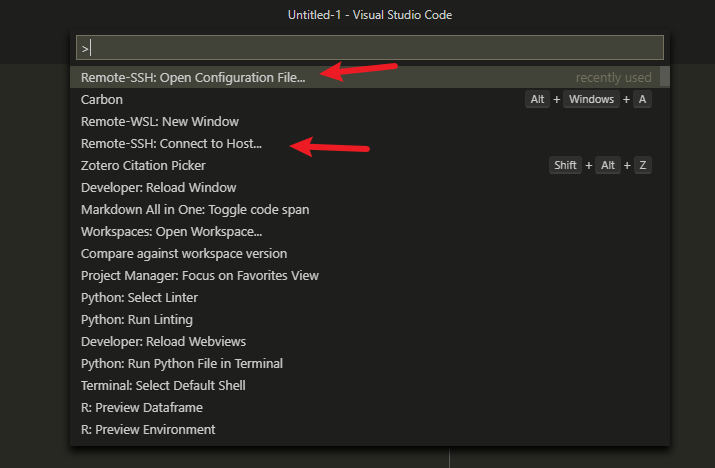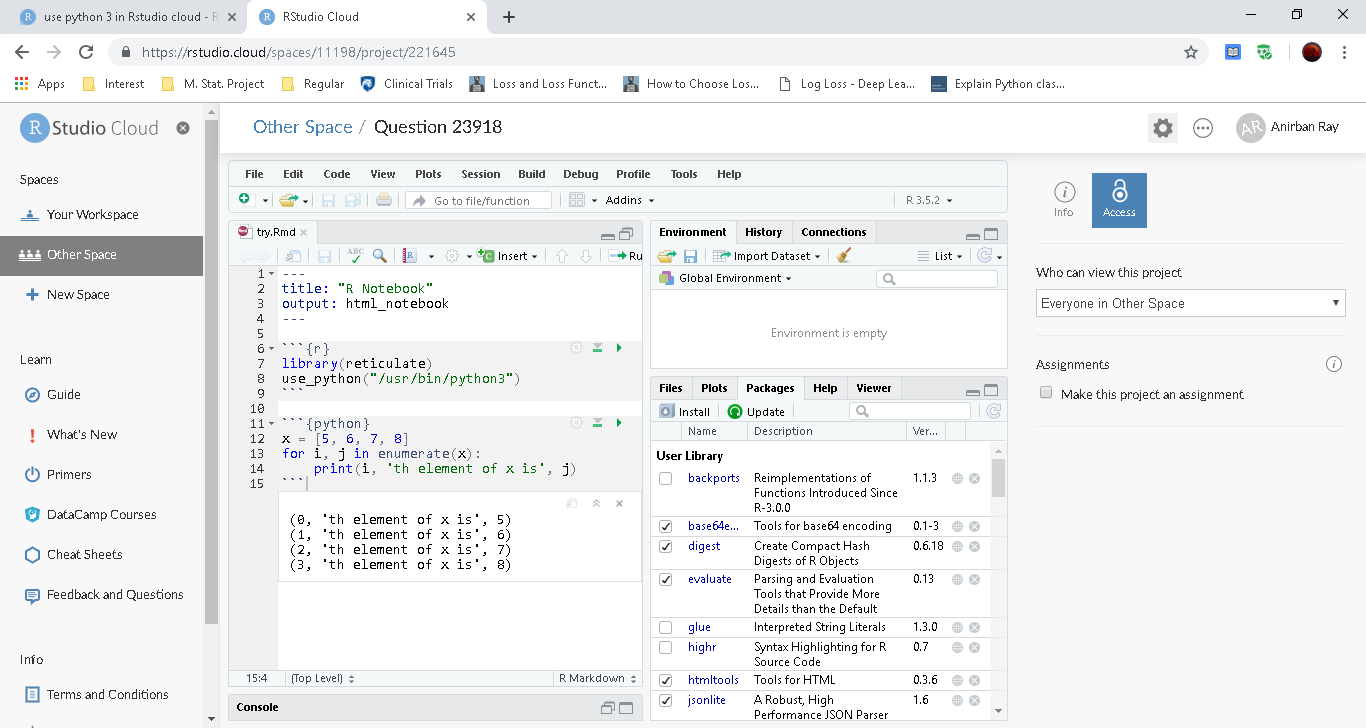



Spyder is touted as the data science IDE for Python, and looking for something as robust and similar as RStudio as possible, I shifted over to this tool as soon as I got tired of wresting with Jupyter Notebook’s pain points. This IDE wishes to be what RStudio is to R. In general, using a Jupyter Notebook is okay for exploratory analysis or creating tutorials, but it’s hardly the ideal option for an end-to-end data science project. There’s no enforcement of best coding practices in Jupyter Notebooks, so it’s very likely your code will look ugly and be organized inefficiently by the time you finish any analysis.ipynb files - while it’s easy to see differences in code with Git using R’s equivalent R Markdown format (.Rmd), you don’t get that flexibility updating code in a Jupyter Notebook. py files if that’s what you need, you will need to open another IDE to develop in. Code chunks in Jupyter Notebooks are pretty good at automatically showing any visualizations you may be working on (relative to working in.That is, you can a chunk of text comments (written in Markdown) alongside your code to explain what’s going on. All files are saved with the extension of. It uses the Anaconda framework, which comes with some basic data science libraries like Pandas included, and you can set up different environments for working on various projects. This is the most common IDE choice you’ll see others use when trying to learn data science. Before I get into the benefits of Visual Studio Code, I’ll discuss some of the other IDEs I tried using and the various frustrations I ran into using them: Jupyter Notebooks That all changed when I found out how wonderful Visual Studio Code is. Compared to the robust data-science focused development of RStudio, Python’s options always left me with enough pain points with my workflow that I’d rather develop in R over Python when given the option. However, because Python was built as a general programming language first, I always found it frustrating to navigate the various clunky integrated development environments (also known as IDEs) that existed and were compatible with the language. It has flexibility for being used for both general programming purposes and data science (as opposed to R, which was built for statistical computing first and foremost). Python is seen by far across the industry as the most important programming language to know for doing data science.


 0 kommentar(er)
0 kommentar(er)
